Foot Pain & Injuries
Are you struggling with foot pain or dealing with an injury that just won't go away?
Our experienced podiatrists are here to help!
Schedule an investigative consultation to tap into our wealth of knowledge and exceptional diagnostic skills. Let us uncover the root of your foot issues and guide you on the path to recovery!
Children Foot Health
Monitoring your child’s foot development early on is crucial. Identifying and treating any issues promptly can help prevent lower extremity problems later in life.
For children, strong, healthy feet can make a big difference in their growth and mobility.
Parents should observe their child’s gait as they begin to walk. It’s normal for young children to have a unique or uneven gait while they grow and learn, but by around age 2-3, certain gait patterns—such as toe walking, flat feet, intoeing, bow legs, and knock knees—may be considered gait abnormalities.
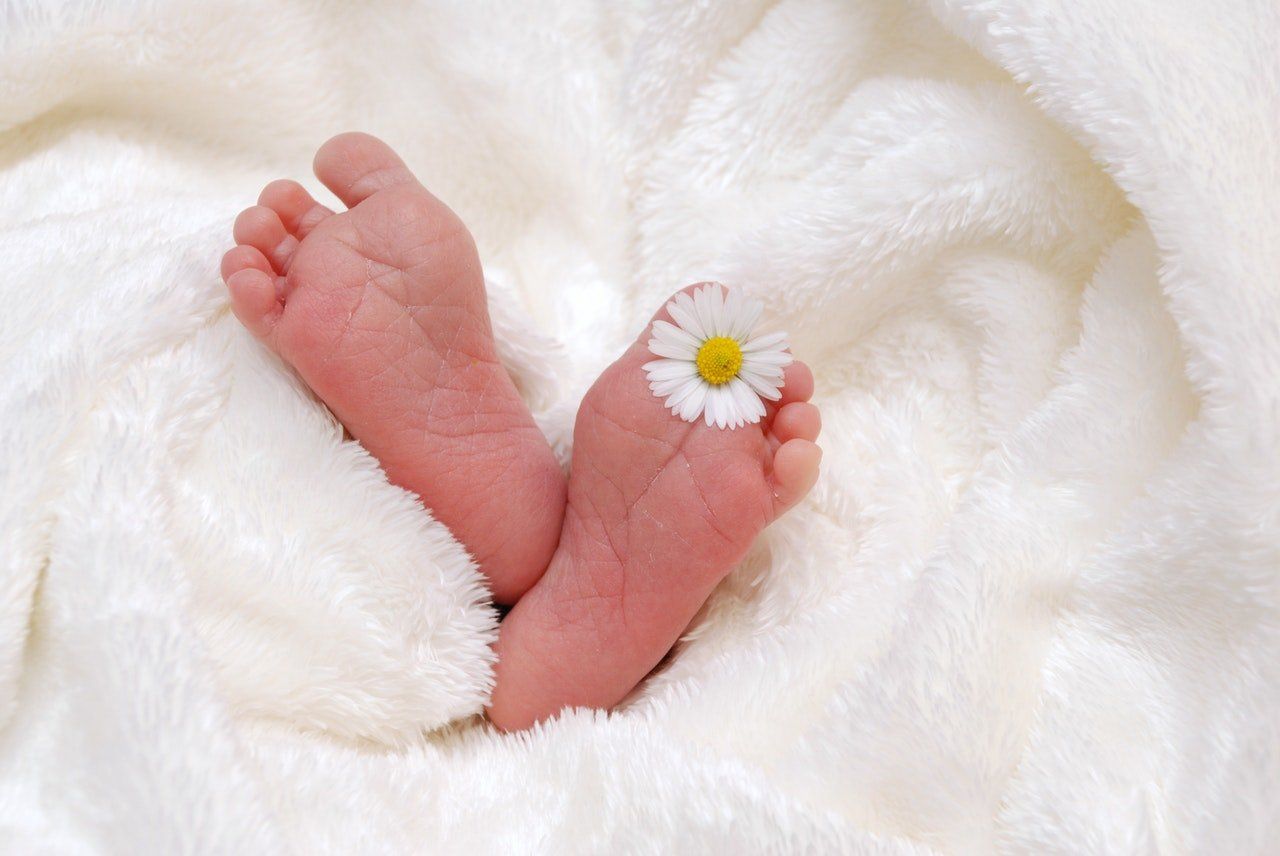
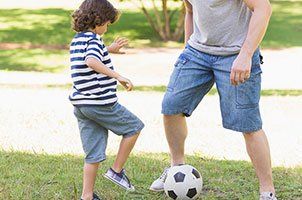
At this stage, professional guidance can help determine if any support or correction is needed for healthy development.
We may recommend supportive shoes or customized inserts, which can support healthy growth and prevent future issues. In some cases, early use of custom orthotics can help correct foot alignment as bones develop.
For more detailed information about our pediatric and general foot care services, feel free to reach out with any questions via our contact form—we’re here to help and look forward to supporting your family’s foot health on the Gold Coast.
Painful Achilles Tendon in Teens
If your teenager has been experiencing heel pain, especially during sports or running, they may be dealing with Sever’s Disease—a common condition in active kids aged 8-13.
Symptoms can include tenderness and swelling at the back of the heel, making it painful to wear shoes or stay active.
Our team can help with effective treatments, including supportive footwear recommendations, custom orthotics, padding, and heel lifts to reduce strain and ease discomfort.
Schedule an appointment today, and let’s get your child moving comfortably again!
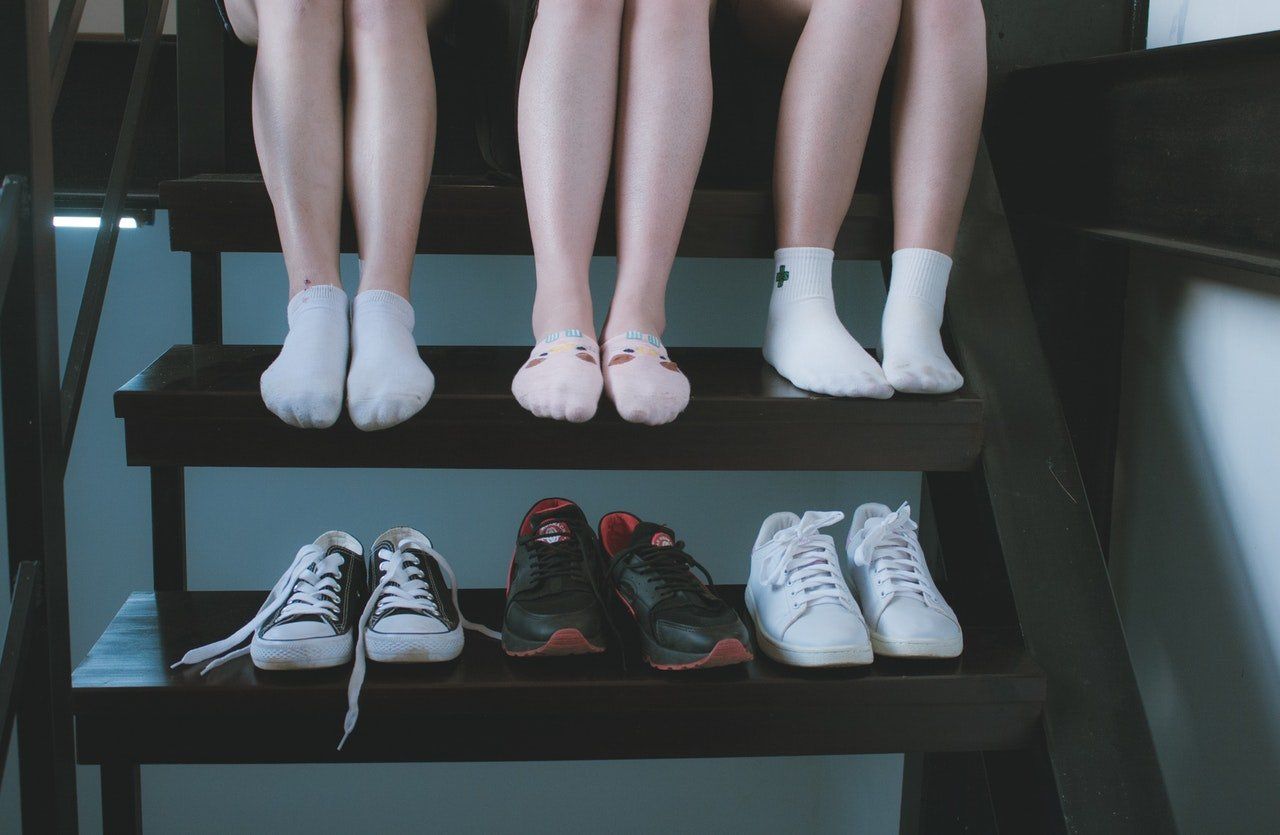
Hip, Back, Feet or Joint pain
Foot complications can often cause larger issues affecting your overall mobility, including hips, back, and joints. Many people are surprised to learn that a podiatrist can play a crucial role in diagnosing and treating these interconnected problems.
Here’s how:
Comprehensive Assessment: A podiatrist conducts a thorough examination of your feet, ankles, and lower limbs to identify any biomechanical issues that may be contributing to your pain. Misalignments or abnormalities in the feet can lead to compensatory movements, putting unnecessary strain on your hips and joints.
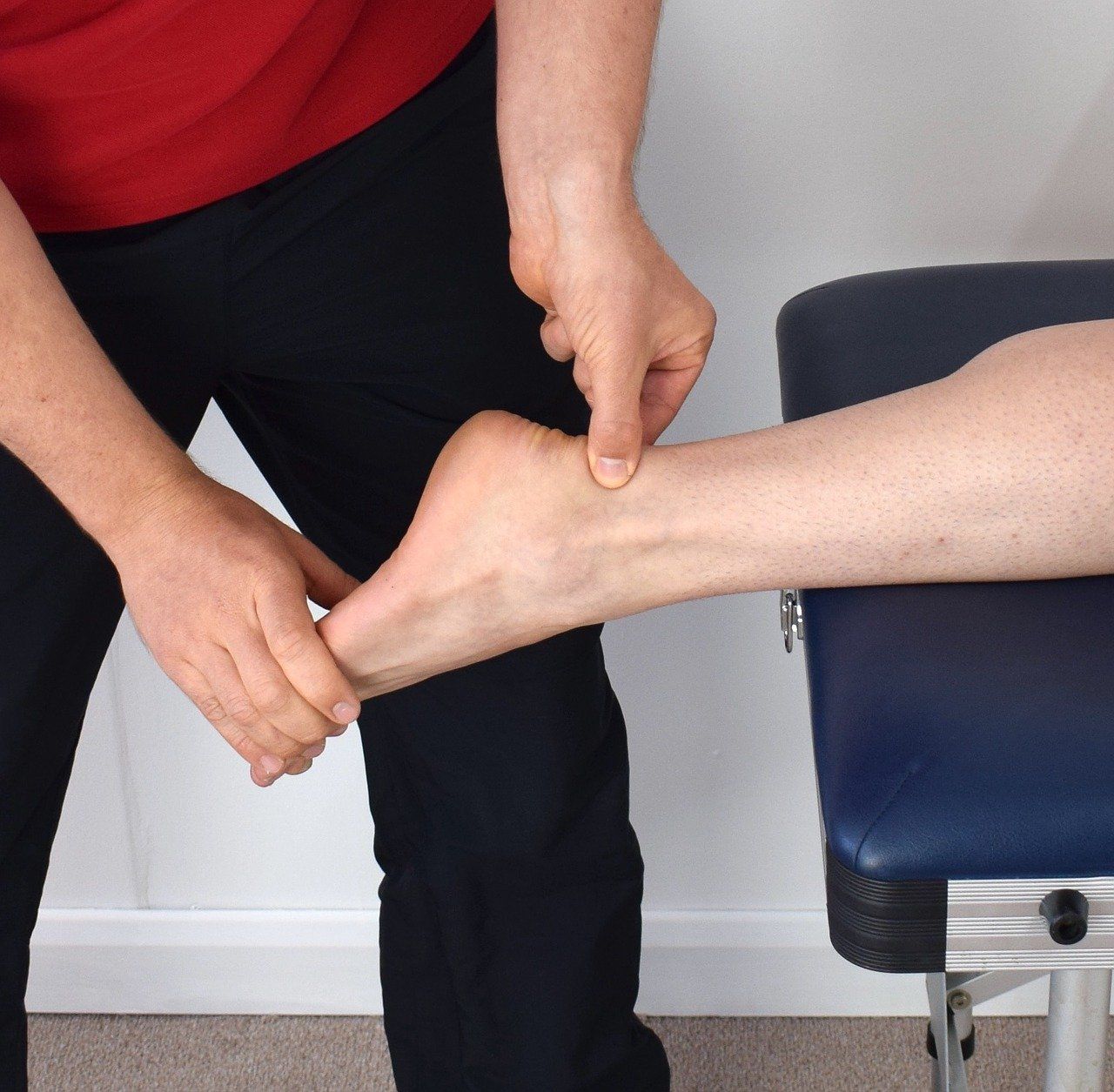
Achilles Tendon Pain
Achilles tendonitis is a common overuse injury producing inflammation of the tendon at the back of the heel. The patient may have mild or severe swelling as well as experience morning tenderness in the area where the Achilles tendon is attached to the heel bone.
Our office will treat the condition conservatively with advice on footwear, padding or appropriate orthotics which will support the muscle and relieve stress on the tendon. Stretching and appropriate exercises are usually recommended. In severe cases diagnostic imaging may be necessary as well as surgical repair.
Ankle Sprains and Pain
Ankle sprains are common injuries, usually occurring when the foot rolls inward, causing one or more ligaments on the outer side of the ankle to stretch or tear. The level of strain will determine the best treatment approach.
For mild sprains, we typically recommend rest, limited movement with immobilisation, and personalized advice on safe activity levels.
As part of recovery, we guide you through strengthening and balance exercises to help prevent future sprains. Maintaining strength, balance, and flexibility in your feet and ankles is essential, along with stretching and wearing supportive, well-fitted shoes.
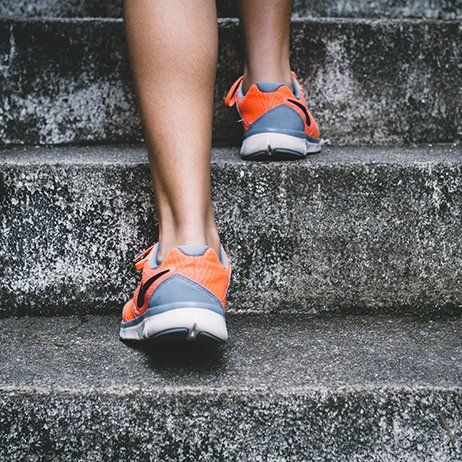
Arthritis and Pain
Rheumatoid arthritis and osteoarthritis are two common forms of arthritis affecting especially those over the age of 45.
Arthritis is caused by joint inflammation and causes stiffness in the feet.
They can cause deformities, pain in the joints and weakness of muscles and ligaments.
At the Gold Coast Foot Clinic, we have many measures to help with pain, and also help delay the onset of complications from Arthitis. Chat to us about padding or cushioning, Orthotics, footwear, stretching and strenthening exersizes and anti inflamatory therapies.
For severe or chronic cases where conservative measures aren’t enough, surgery may be considered to correct deformities or relieve joint pain.
Regular check-ins with our podiatrist can ensure you have the best treatment plan tailored to your needs.
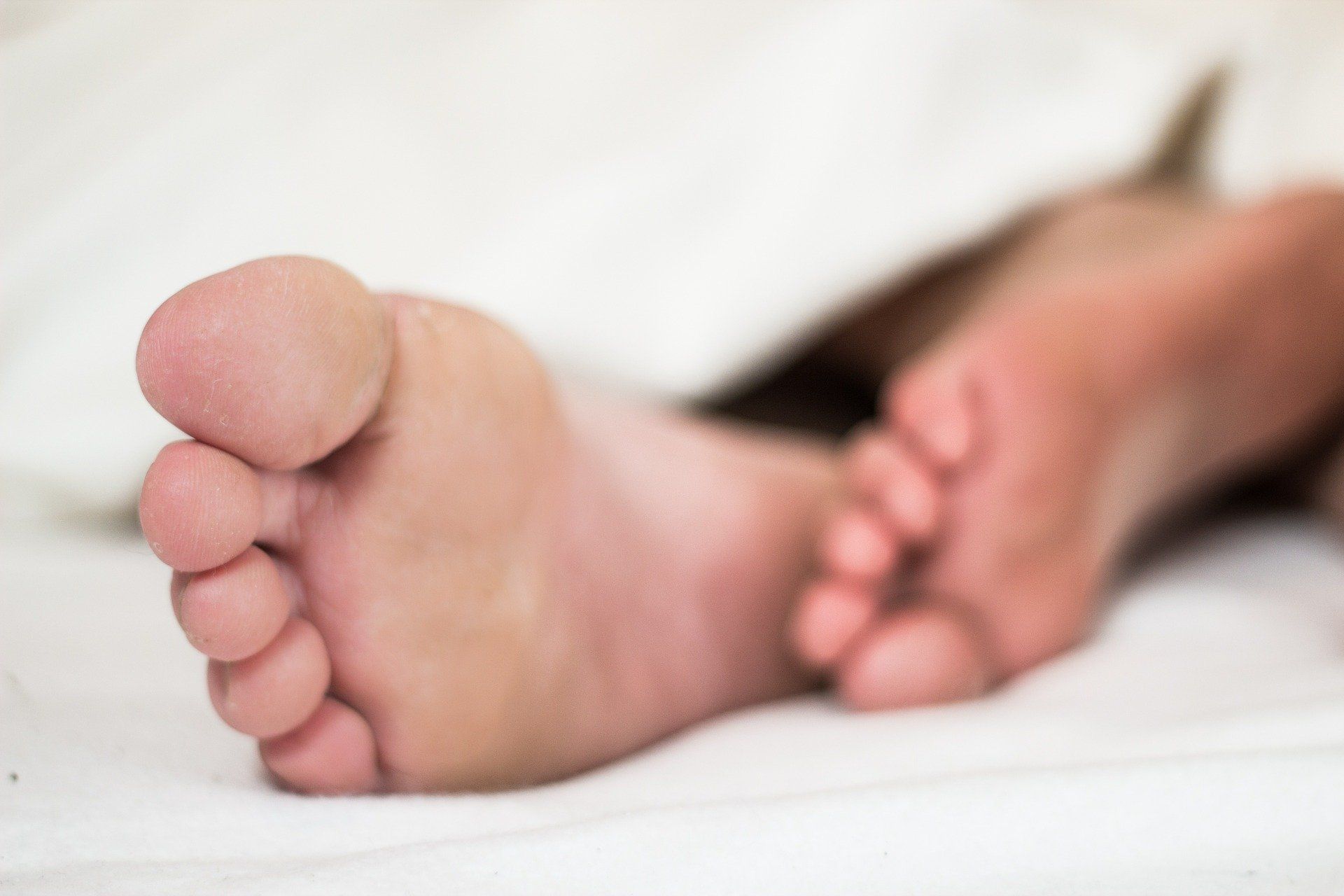
Metatarsalgia - Ball of the Foot Pain
While both Neuroma and Metatarsalgia can cause pain in the forefoot, they are distinct conditions with different causes, symptoms, and treatment options.
Neuroma pain is often localised between the toes, while Metatarsalgia pain is felt more broadly in the ball of the foot. For Neuroma causes and treatment information, click here.
Metatarsalgia refers to pain in the front of the foot, often described as feeling like “walking on a pebble.” This discomfort usually starts with tenderness under the ball of the foot and is common in middle-aged individuals. Metatarsalgia can result from various factors, including overuse, high-impact activities, improper footwear, or foot deformities (like flat feet or high arches).
To relieve metatarsalgia, we focus on gentle, supportive treatments like well-cushioned footwear, padding, and arch supports to reduce pressure on sensitive areas.
Additionally, strengthening exercises, Achilles tendon stretches, and gait improvements can help relieve pain and support the foot’s natural movement.
Bunion Pain
- Appropriate footwear designed to accommodate the bunion and not contribute towards its growth.
- Orthotic devices – both over-the-counter and custom made – in order to stabilise the joint and place the foot in the correct position.
- The use of protective padding
- Exercises to maintain joint mobility
- In young people, splints for night time may be used to help the joint to align properly.
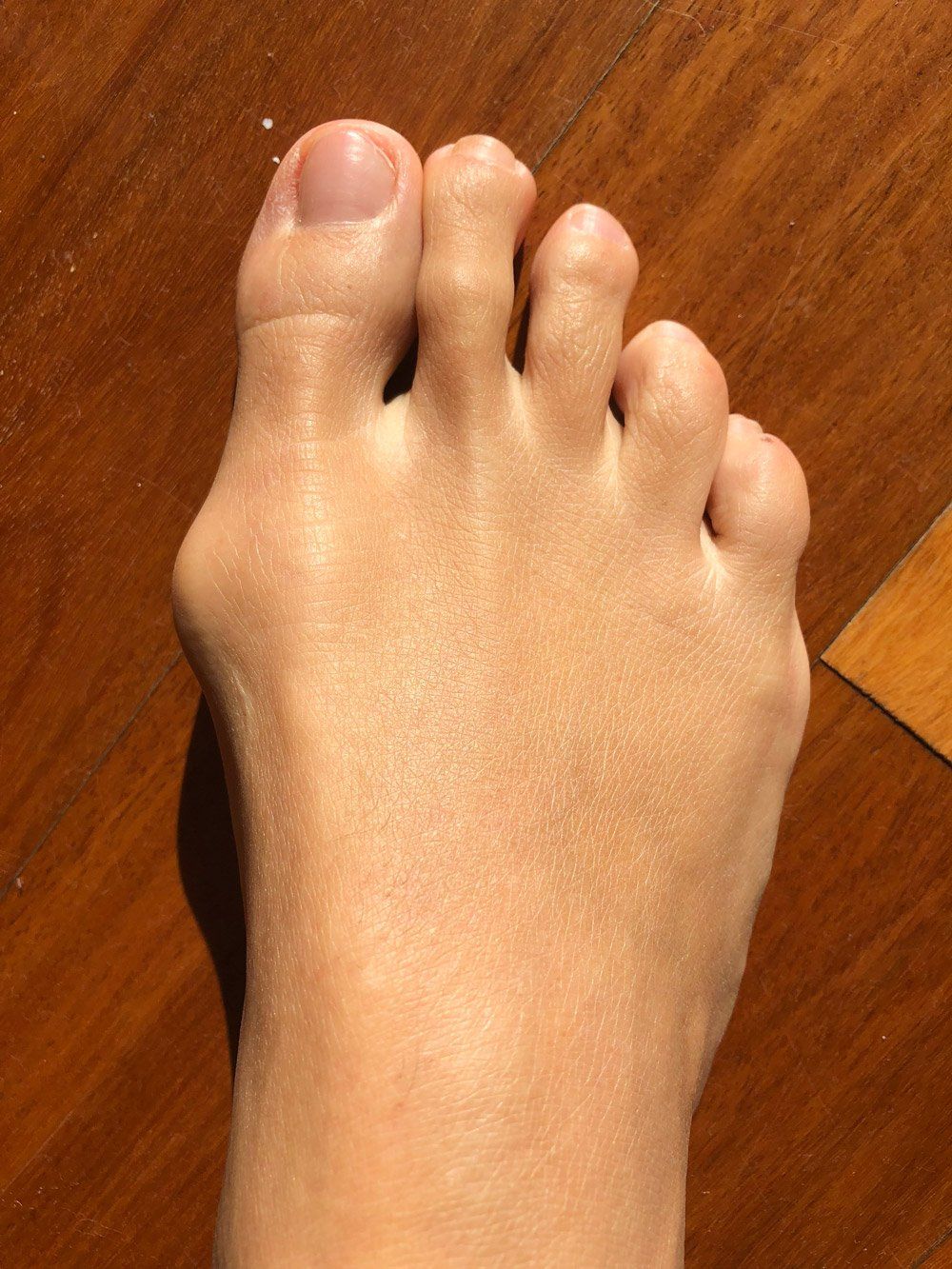
Chronic Ankle Pain
Recurring and persistent pain on the outer side of the ankle can develop after an injury and is the result of incomplete healing after an ankle sprain. Without complete rehabilitation the ligaments may remain weak and produce recurrent instability.
There are a number of potential causes for chronic ankle pain. Our office will pinpoint the diagnosis beginning with a physical examination. In some cases x-rays have to be ordered and additional tests such as bone scan, CT scan (Computed tomography) or MRI (magnetic resonance image) may be needed.
Treatment will depend on the final diagnosis and conservative treatment will include:
- Physical therapy
- An ankle brace or other support
- Temporary immobilisation
- Custom Orthotics to improve biomechanics
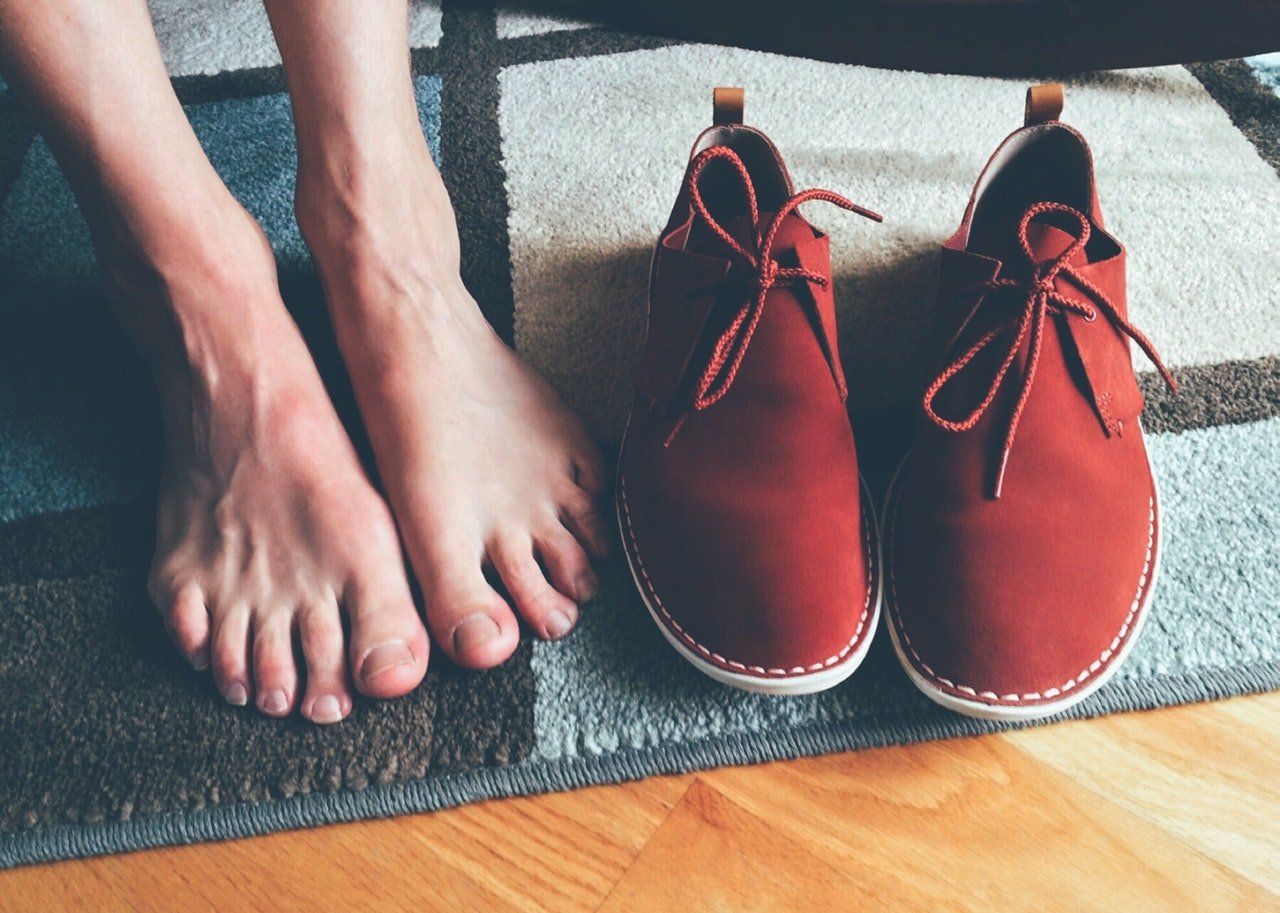
Corns and Calluses
Corns and calluses are thickened layers of skin that develop as a natural response to friction and pressure—often from tight-fitting shoes or uneven weight distribution.
Corns typically form on or between the toes, while calluses appear on the soles of the feet, and both can cause discomfort or even a burning sensation.
To prevent corns from becoming painful or infected, professional podiatric care is recommended. Treatment often includes protective padding, adjustments in footwear, and, when necessary, regular debridement.
However, keep in mind that painful corns can recur, as they often result from underlying bone structure.
Our team is here to help you find relief and work toward long-term comfort!
Diabetes and Footcare
People with diabetes often face unique foot care challenges due to reduced blood flow and potential nerve damage, which can slow healing and make injuries harder to detect.
This can increase the risk of complications from even minor foot conditions, such as blisters, calluses, or ingrown toenails, which can escalate into infections or ulcers if untreated.
Regular check-ups with a podiatrist are essential to prevent issues and maintain foot health, ensuring early intervention when needed and specialized care to support safe and effective healing.
We can treat and can provide help for the following diabetic conditions:
- Ingrown Toenail
- Peripheral vascular disease leading to poor circulation.
- Referrals for special care if required E.g. vascular surgeon
- Neuropathy (nerve damage and loss of feeling in the foot)
- Pressure points
- Foot ulcers that do not heal
- Changes in foot shape
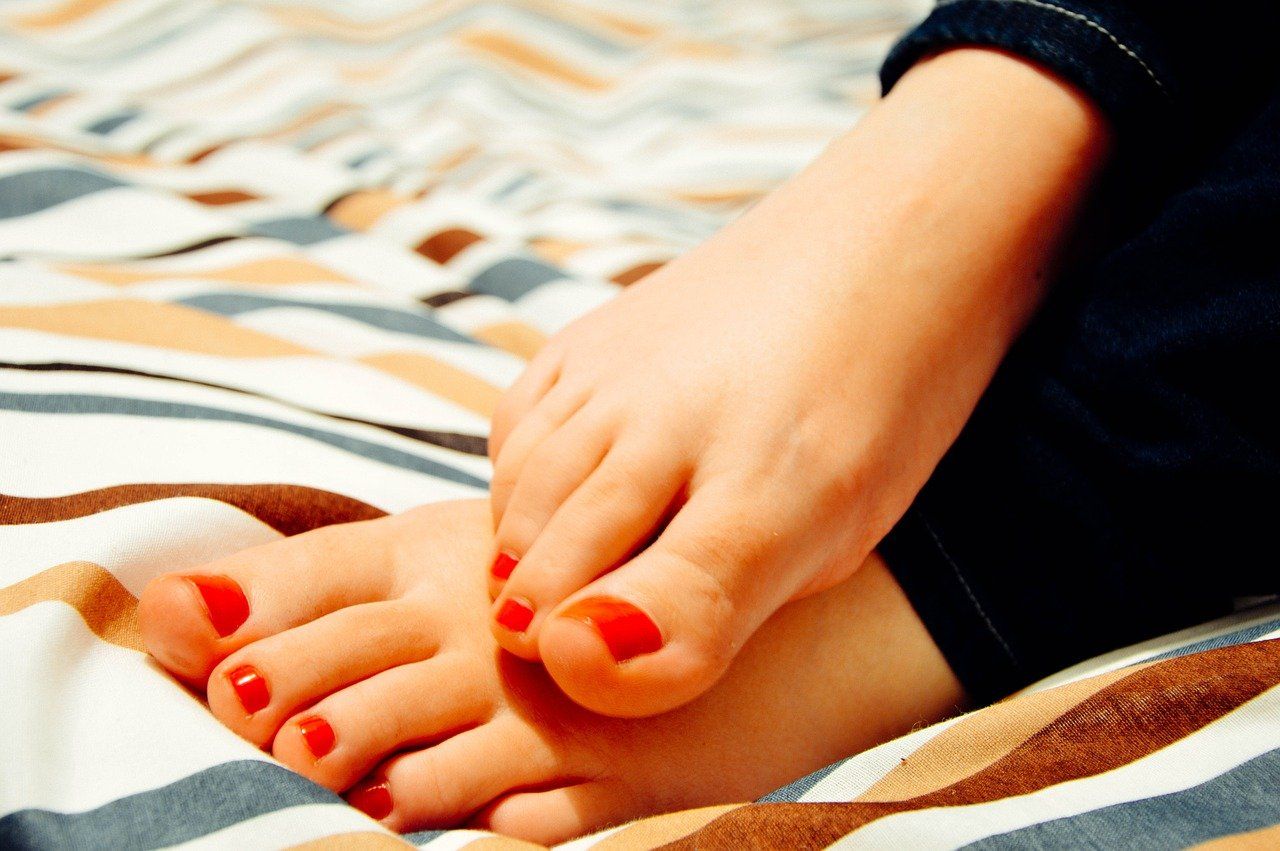
Gold Coast Foot Clinic has over 25 years of experience in prodiatry. We provide a full assessment of foot complications, risk factors and a foot care program for patients with diabetes that includes:
- Routine nail and skin care
- Patient education
- Painful lesion care and advice
- Custom-made orthotics or ready-made shoe inserts
- Referrals for special care if required E.g. vascular surgeon
Hammertoes
Hammertoes are a common foot deformity where one or more of the small toes bends abnormally at the middle joint, creating a curled or "hammer-like" appearance.
This condition can lead to discomfort, pain, and difficulty finding comfortable footwear. Hammertoes often result from muscle imbalances, arthritis, or wearing tight shoes and can worsen over time without proper care. Treatment options vary based on severity and may include footwear adjustments, exercises, orthotics, or, in advanced cases, surgical correction.
Our podiatrists are experienced in diagnosing and managing hammertoes, helping you find relief and improve toe alignment. Treatments inlcude debridement, use of topical creams and protective padding as well as advice on footwear.
In severe cases surgical correction may be necessary.
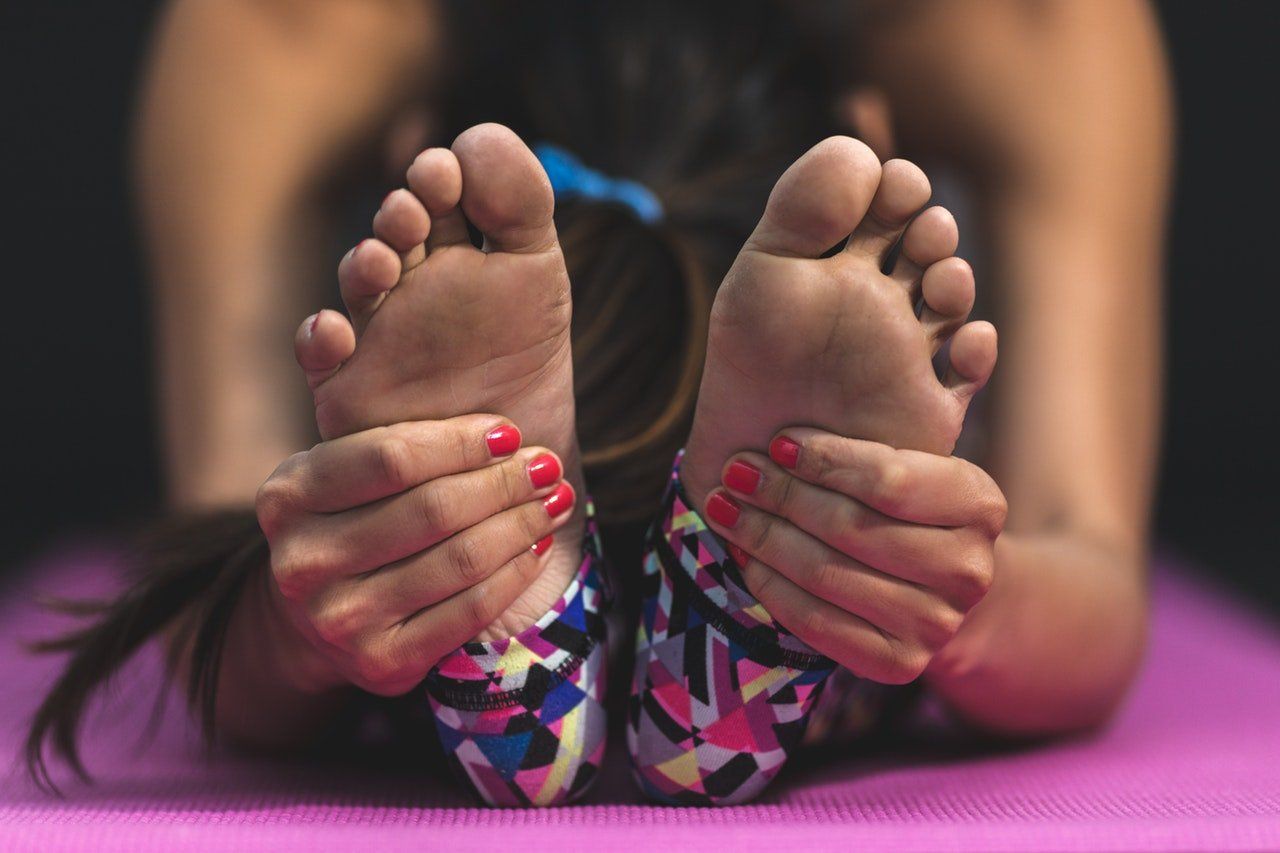
Heel Pain/Plantar Fasciitis
Plantar Fasciitis occurs when the plantar fascia— a thick band of tissue connecting your heel bone to your toes—becomes inflamed or overstretched.
It often causes sharp heel pain, especially during the first steps in the morning, and can recur after long periods of rest or standing. Initially, the pain may be intermittent, but if untreated, it can develop into constant heel discomfort.
Our expert podiatrists offer various treatments for Plantar Fasciitis, including Shockwave Therapy, strapping, custom padding, targeted exercises, and orthotics to reduce heel pain and promote healing.
Heel Spur Syndrome involves a calcium deposit forming on the underside of the heel bone, which can lead to pain and inflammation.
Though less common, heel spurs can be managed with treatments such as strapping, anti-inflammatory medications, and orthotics to alleviate heel pain.
In severe cases, surgical intervention may be considered.
Fungal Nail Treatment/ Athletes foot
Fungal nail infections are common and typically start with a white or yellow spot under the nail, which can spread and affect multiple nails.
This condition can lead to crumbly nails and may cause pain or other issues, such as athlete's foot.
At Gold Coast Foot Clinic, we offer several effective, pain-free treatment options for fungal nail conditions. One of our most popular treatments is the Lunala Laser, a cold laser therapy specifically designed for the toes that targets and eliminates fungus beneath and within the toenails. Unlike topical creams, which often provide only temporary relief, our laser treatments are designed for long-term effectiveness.
If you suspect you have a fungal nail condition, don’t wait! Early treatment can help stop spread and unsightly nails.
Call us today to book an appointment with one of our expert podiatrists and take the first step towards healthier nails.
Knee Pain
Struggling with knee pain? It could be the way you walk!
In many cases knee pain may be related to increased pronation as well as muscle imbalance. Other causes of knee pain are repeated trauma or an untreated previous ligament injury.
Misalignment or improper foot mechanics often place extra strain on your knees, leading to persistent pain and discomfort. Our expert podiatrists specialise in assessing and correcting these issues to get you moving pain-free. Don’t let knee pain hold you back—book a consultation today and step towards a more comfortable, active life!
Custom made orthotics play an important role in reducing the knee pain as they correct abnormal biomechanics.

Neuroma - Ball of foot pain
Patients with Neuroma typically experience sharp, burning pain in the ball of the foot, along with tingling or numbness between the toes. This is a benign growth of nerve tissue, most commonly found between the third and fourth toes.
It often results from repetitive stress or irritation to the nerve, frequently exacerbated by tight or high-heeled shoes.
At our clinic, we focus on identifying the underlying cause of your foot pain. Our experienced team will provide tailored advice on proper footwear and conservative treatment options, which may include padding, targeted exercises, and custom orthotics to alleviate symptoms and promote comfort.

Senior Foot Health
As we age, our feet can face more challenges, including inflammation, wear and tear, and various conditions that can impact our mobility. It's crucial to prioritise foot care to stay active and enjoy life to the fullest.
Whether you’re experiencing pain, discomfort, or just want to ensure your feet are healthy, our team is here to help.
Don’t let foot issues slow you down—book an appointment today, and let us support your journey to better foot health!
Shin Splints
Shin splints, or medial tibial stress syndrome, are a common source of pain along the front or inner edge of the shinbone, often caused by overuse or repetitive stress on the lower legs.
This condition is commonly seen in runners, athletes, and those who have recently increased physical activity or changed footwear.
Without proper treatment, shin splints can worsen and disrupt daily activities. Our podiatrists can help relieve your pain with a tailored treatment plan that includes rest, strengthening exercises, footwear recommendations, and orthotics if needed.
Don’t let shin splints slow you down—book an assessment today for lasting relief.
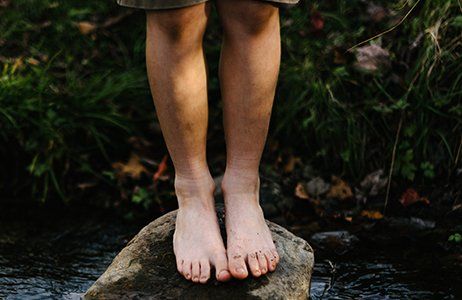
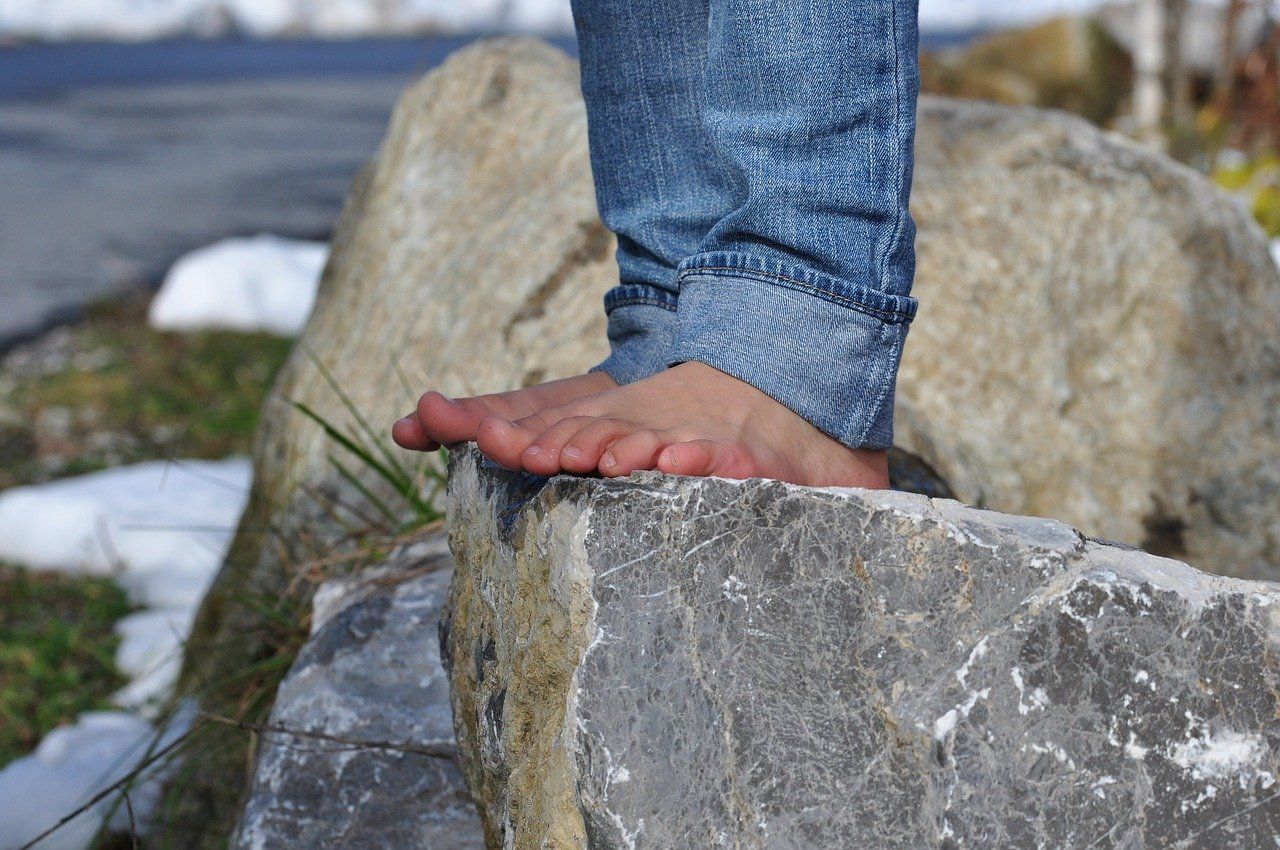
Stress Fractures
Stress fractures are small cracks in the bone, often caused by repetitive impact, and are especially common in the foot. Ignoring a stress fracture can lead to serious complications, sometimes even requiring surgery or resulting in extended downtime.
If you’re experiencing ongoing foot pain, it’s essential to seek diagnosis through a physical exam and, if needed, an X-ray.
Treatment generally involves immobilising the foot and focusing on low-impact activities for a full recovery. Plan on allowing 4-6 weeks for healing before resuming high-impact sports.
Our team is here to diagnose and guide you through the recovery process and help you get back to the activities you love safely!


